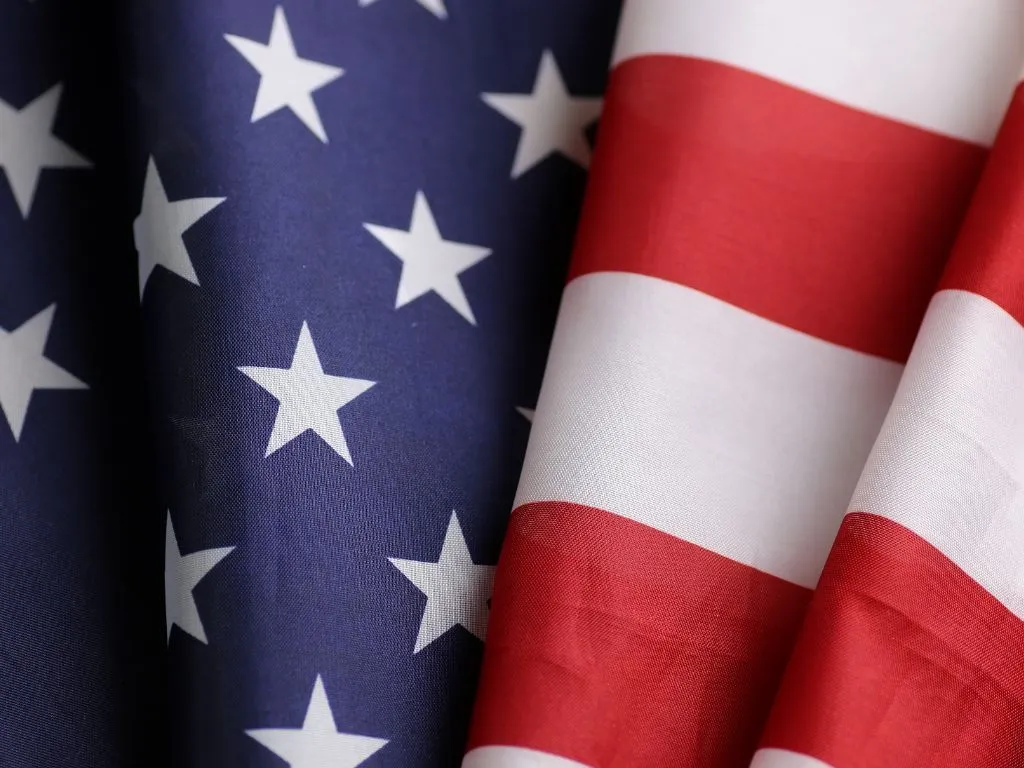News Details

California’s OEHHA proposes to adopt a Proposition 65 No Significant Risk Level NSRL for titanium dioxide
On May 10, 2024, California’s Office of Environmental Health Hazard Assessment (OEHHA) proposed to amend Title 27, Section 25705(c)(2) of the California Code of Regulations to establish a Proposition 65 No Significant Risk Level (NSRL) for titanium dioxide (airborne, unbound respirable particles). The proposal is open for public comment until June 24, 2024, and comments may be submitted electronically through OEHHA’s website (https://oehha.ca.gov/comments).
Background:
The Safe Drinking Water and Toxic Enforcement Act of 1986, known as “Proposition 65,” mandates that businesses provide clear warnings before knowingly exposing individuals to chemicals identified as carcinogens or toxic to reproduction. It also prohibits the discharge of these chemicals into water sources or onto land where they may contaminate drinking water.
The Office of Environmental Health Hazard Assessment (OEHHA) oversees the implementation of Proposition 65 and may adopt regulations to further its goals. Safe harbor levels, which include No Significant Risk Levels (NSRLs) for carcinogens and Maximum Allowable Dose Levels (MADLs) for reproductive toxicants, have been established for many listed chemicals. Exposures and discharges below these levels are exempt from the requirements of Proposition 65.
The proposed NSRL for titanium dioxide specifies that no warning is needed if the average daily exposure is at or below the following levels:
- For airborne, unbound particles with diameters of 10 micrometers (µm) or less, the proposed NSRL is 440 micrograms (µg); and
- For airborne, unbound particles with diameters of 0.8 µm or less, the proposed NSRL is 44 µg.
Other forms of titanium dioxide, such as non-airborne particles or those bound within a product matrix (e.g., rubber, ink, or paint), are not on the Proposition 65 list and thus do not require a warning.
History:
OEHHA maintains the Proposition 65 list of carcinogens and reproductive toxicants, including chemicals identified as human or animal carcinogens by the International Agency for Research on Cancer (IARC). A chemical is listed if IARC has classified it as carcinogenic to humans or possibly carcinogenic with sufficient evidence of carcinogenicity in animals.
IARC has classified titanium dioxide (TiO2) as a Group 2B carcinogen, which means that it is "possibly carcinogenic to humans." Consequently, OEHHA listed titanium dioxide (airborne, unbound particles of respirable size) as a carcinogen on September 2, 2011. The National Institute for Occupational Safety and Health (NIOSH) also determined in 2011 that ultrafine TiO2 is a potential occupational carcinogen.
Anticipated Benefits of the Proposed Regulation:
Regulated businesses using the NSRL will find it easier to determine if their products' exposure to titanium dioxide (airborne, unbound particles of respirable size) poses no significant cancer risk. This simplifies compliance, reduces over-warning, and supports the statute's goal of promoting the health and safety of Californians. Additionally, while the NSRL doesn't mandate reduced exposures, it may encourage businesses to reduce exposures to non-significant risk levels, thereby benefiting public health.
We acknowledge that the above information has been compiled from Office of Environmental Health Hazard Assessment (OEHHA) .

 Twitter
Twitter
